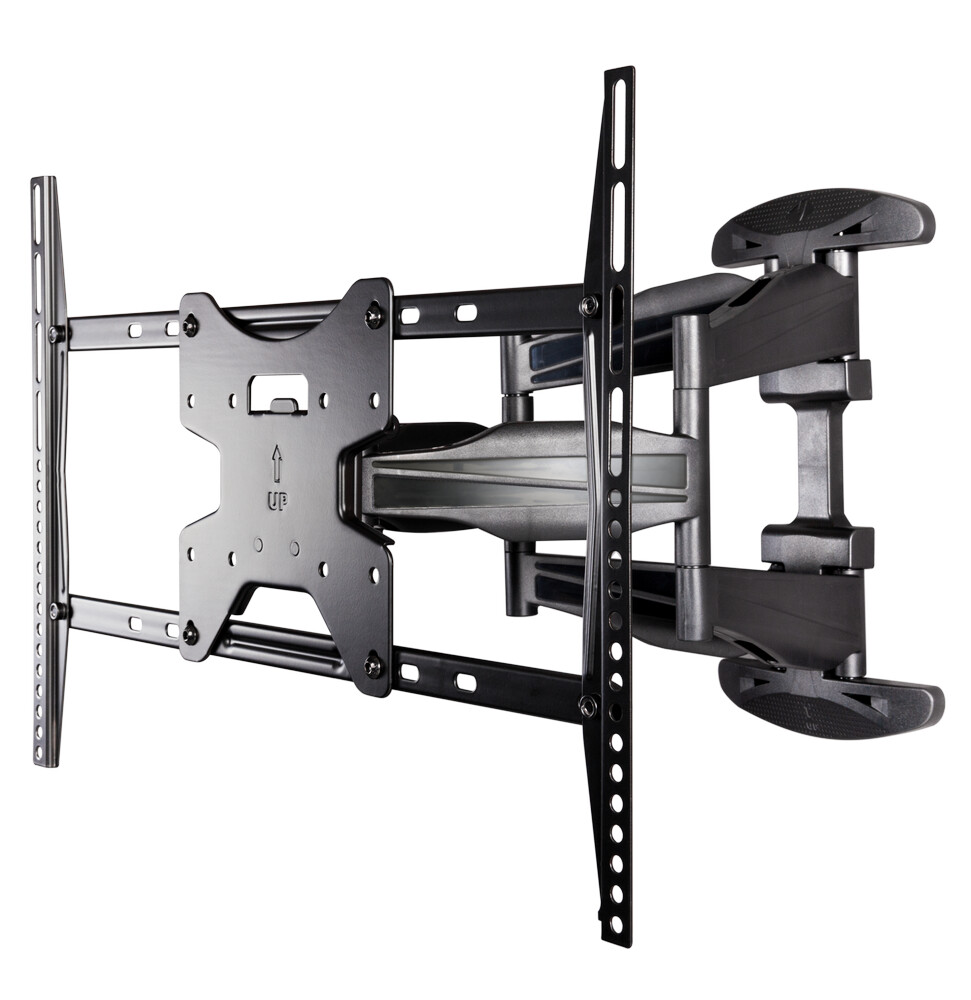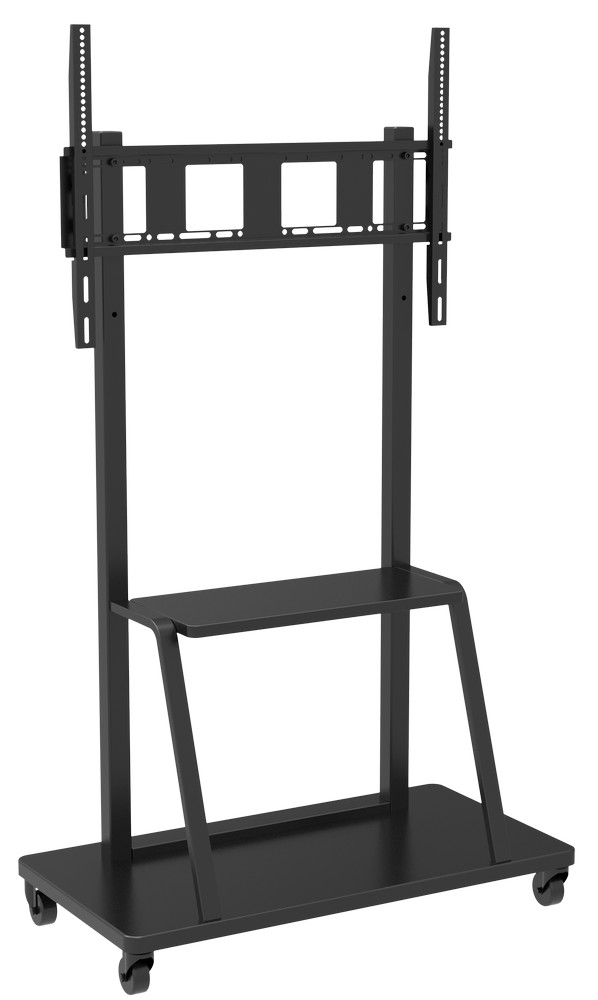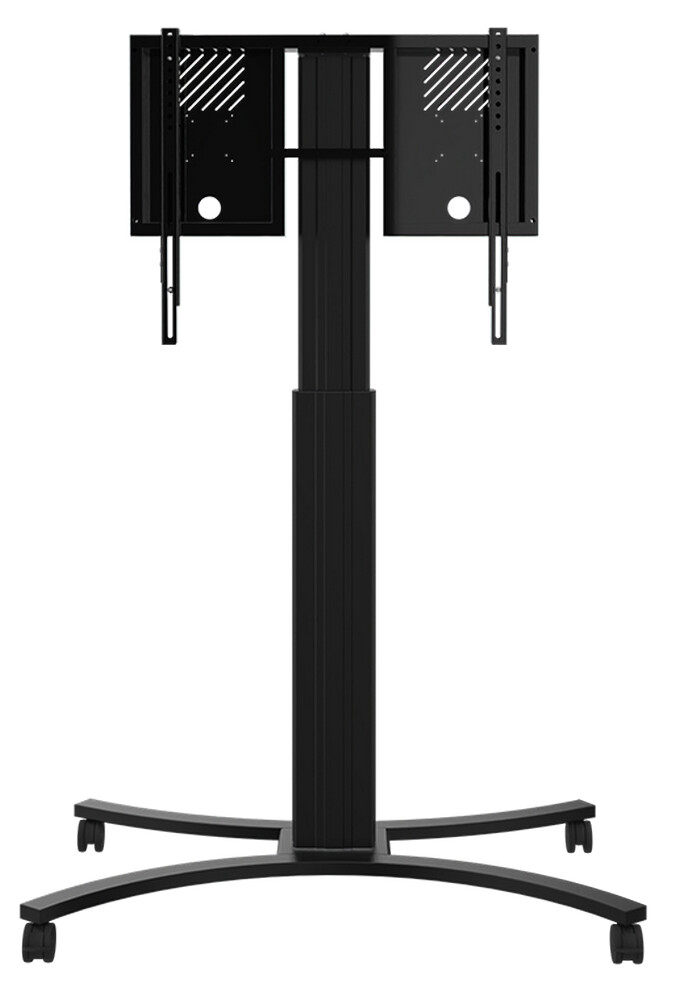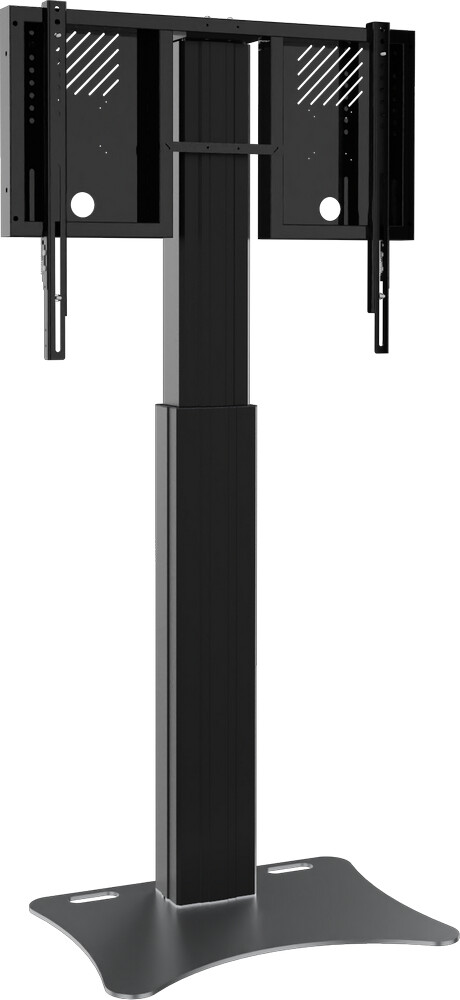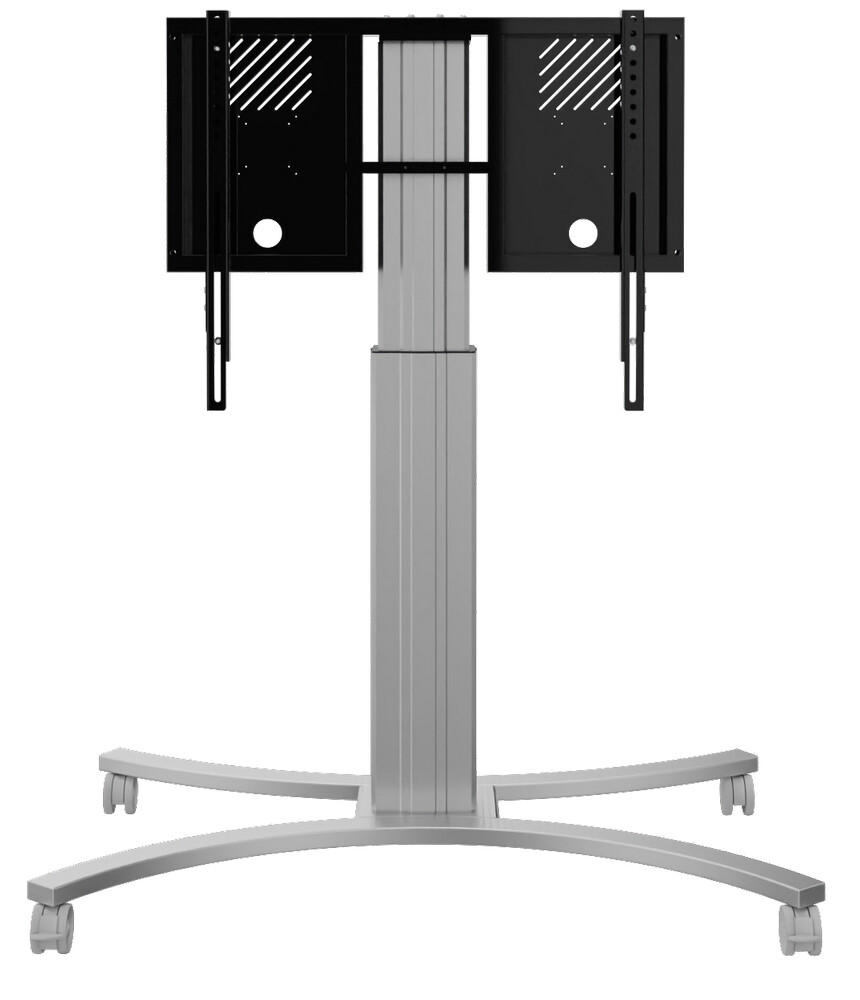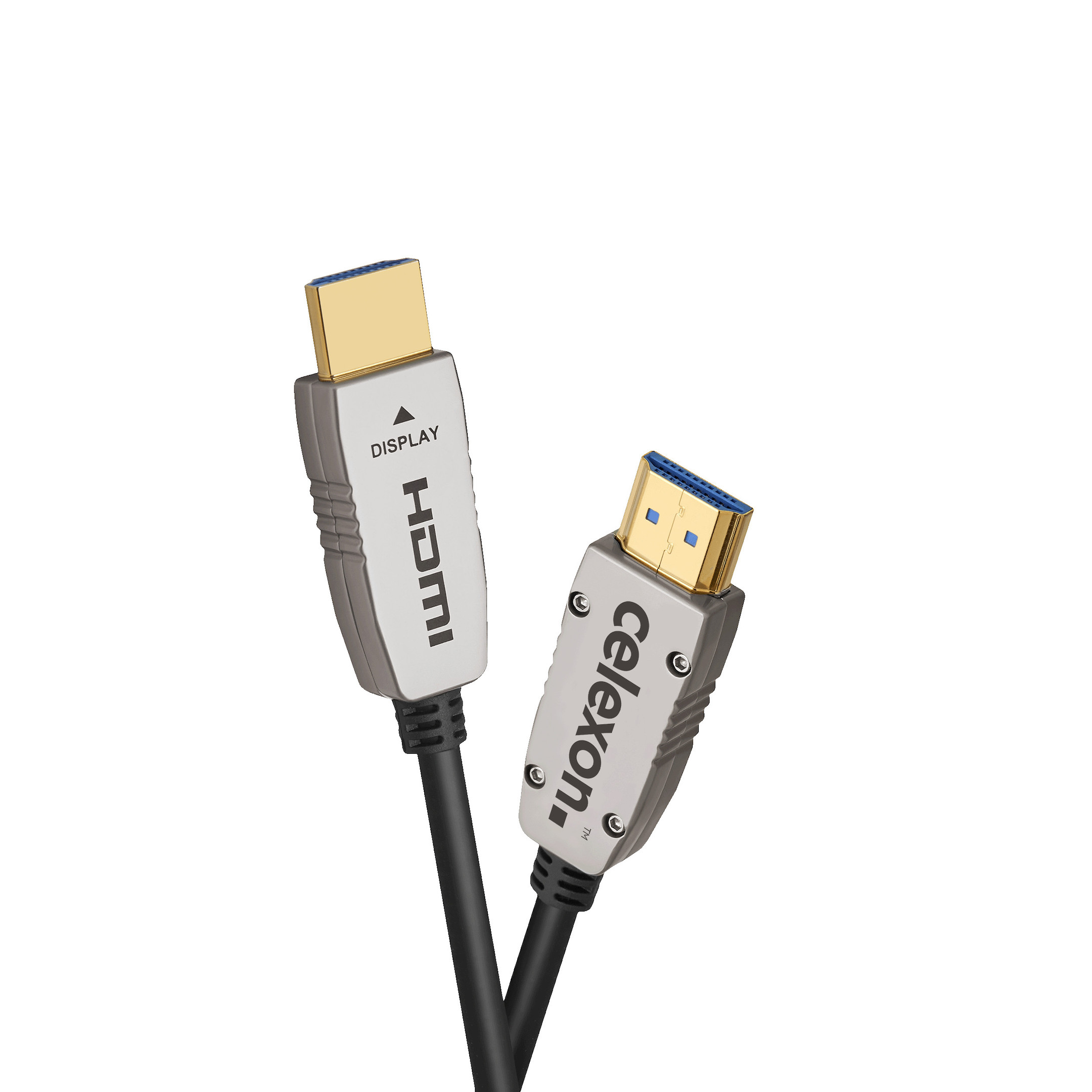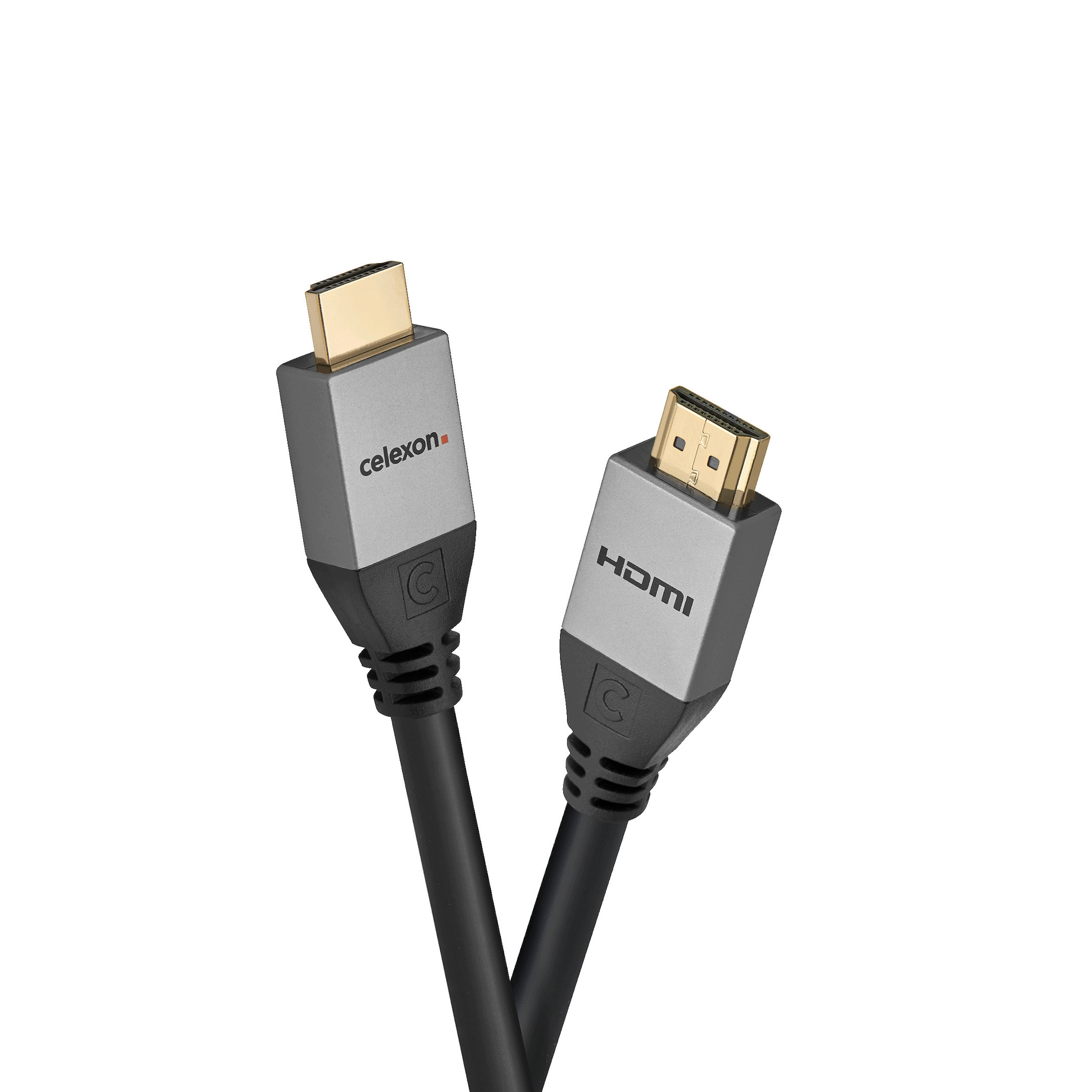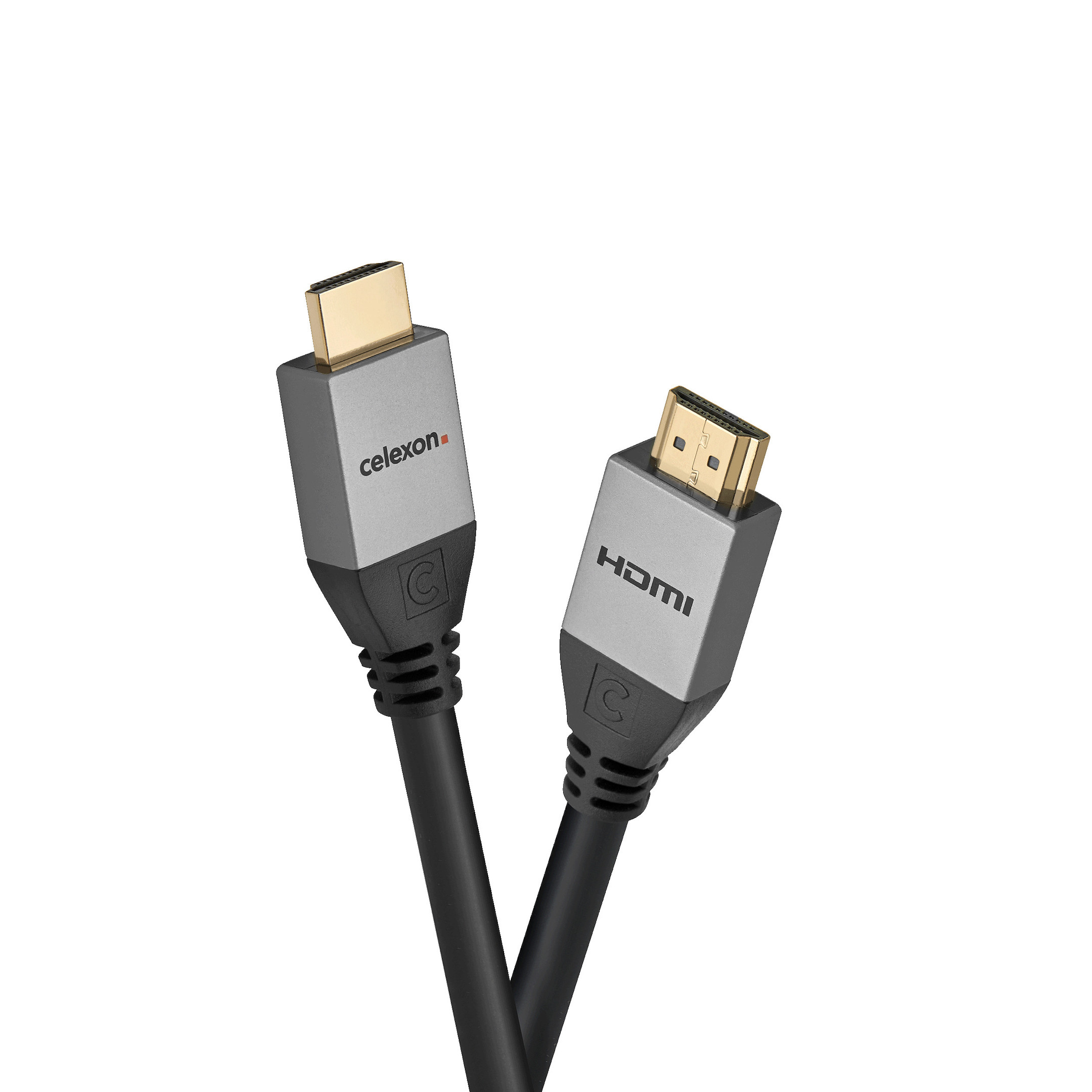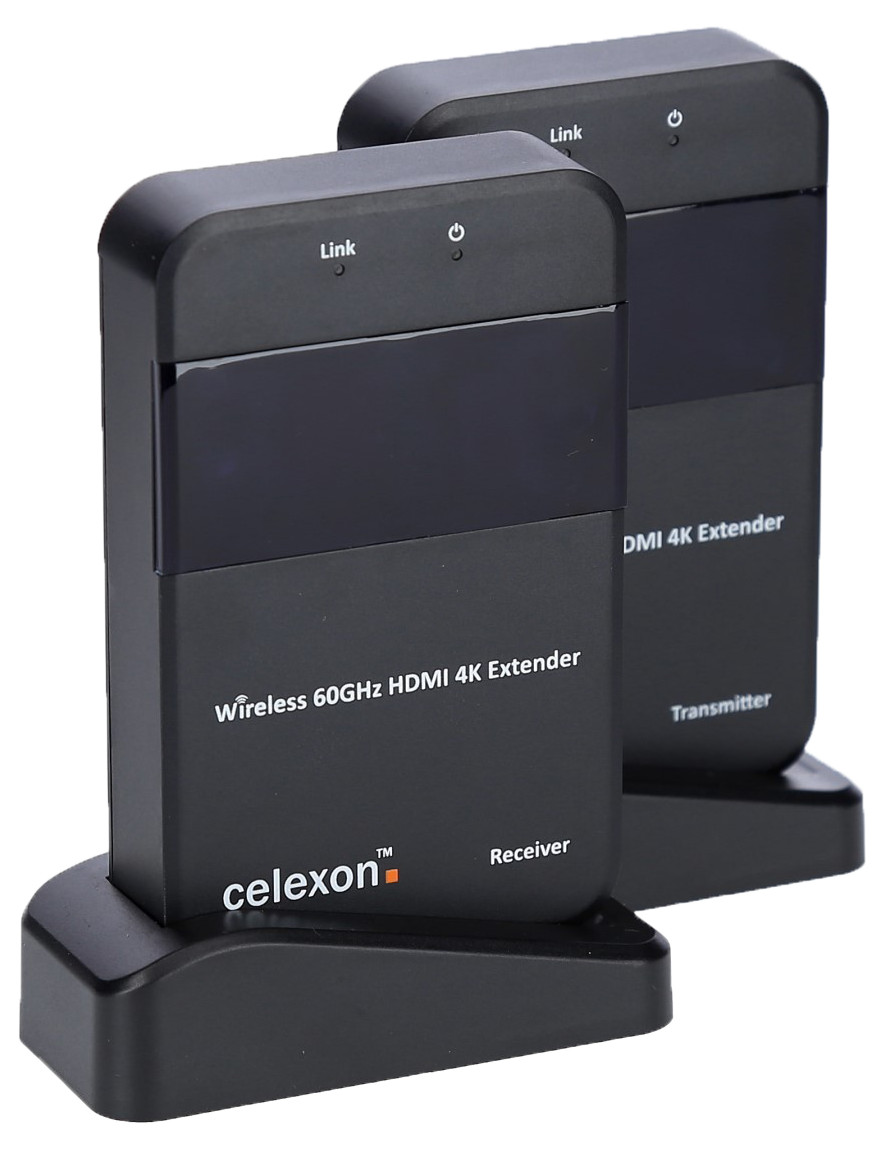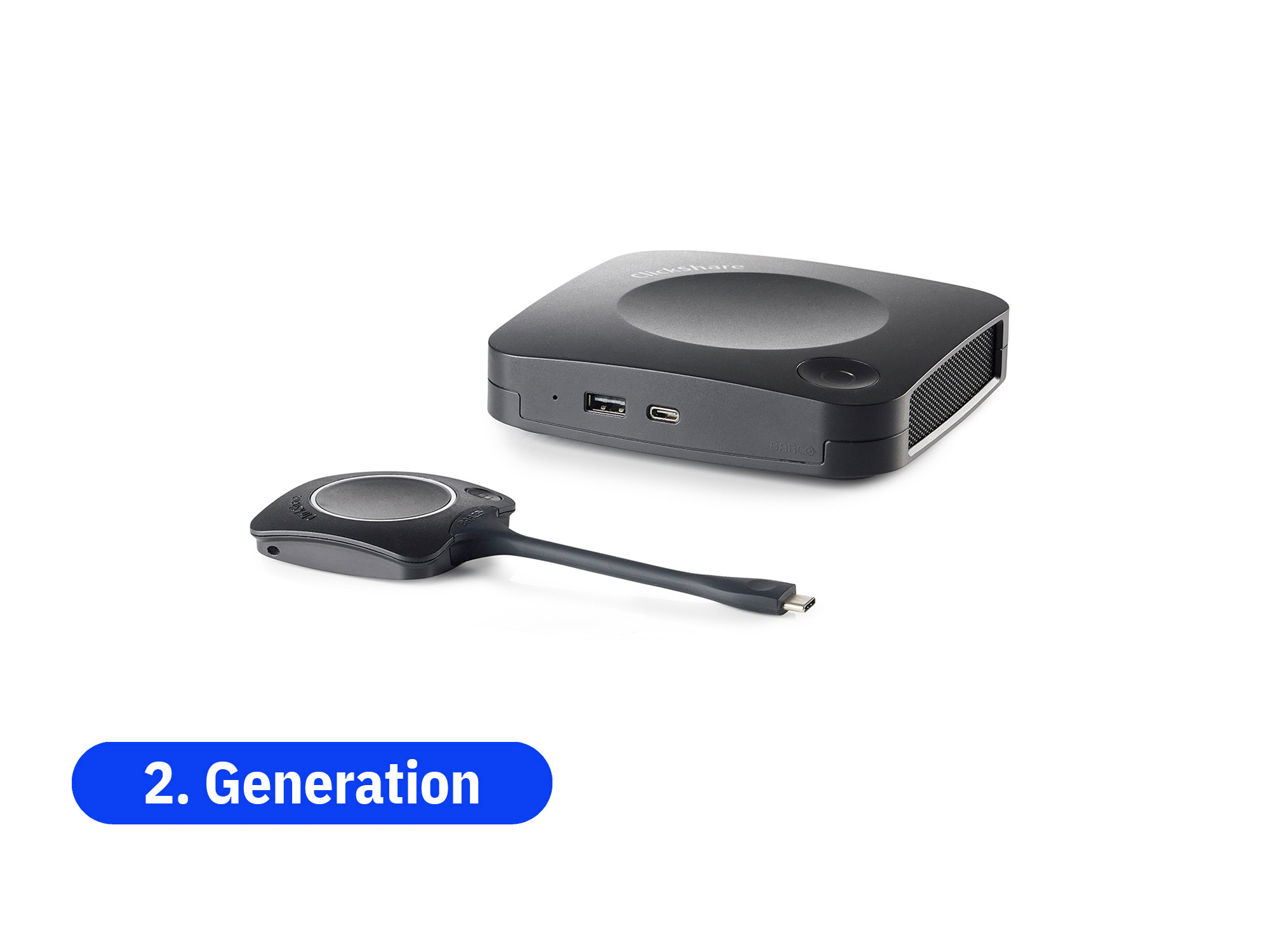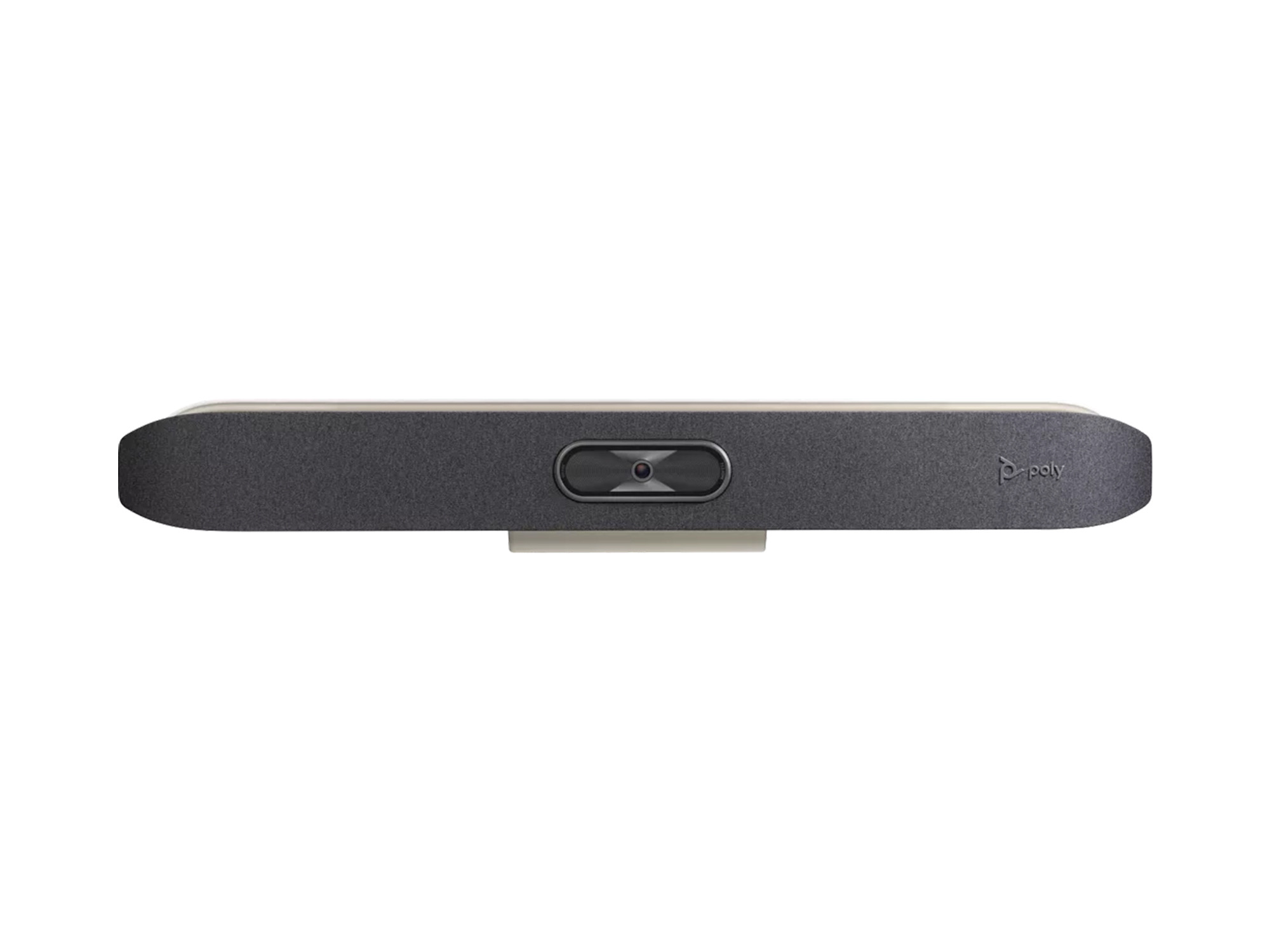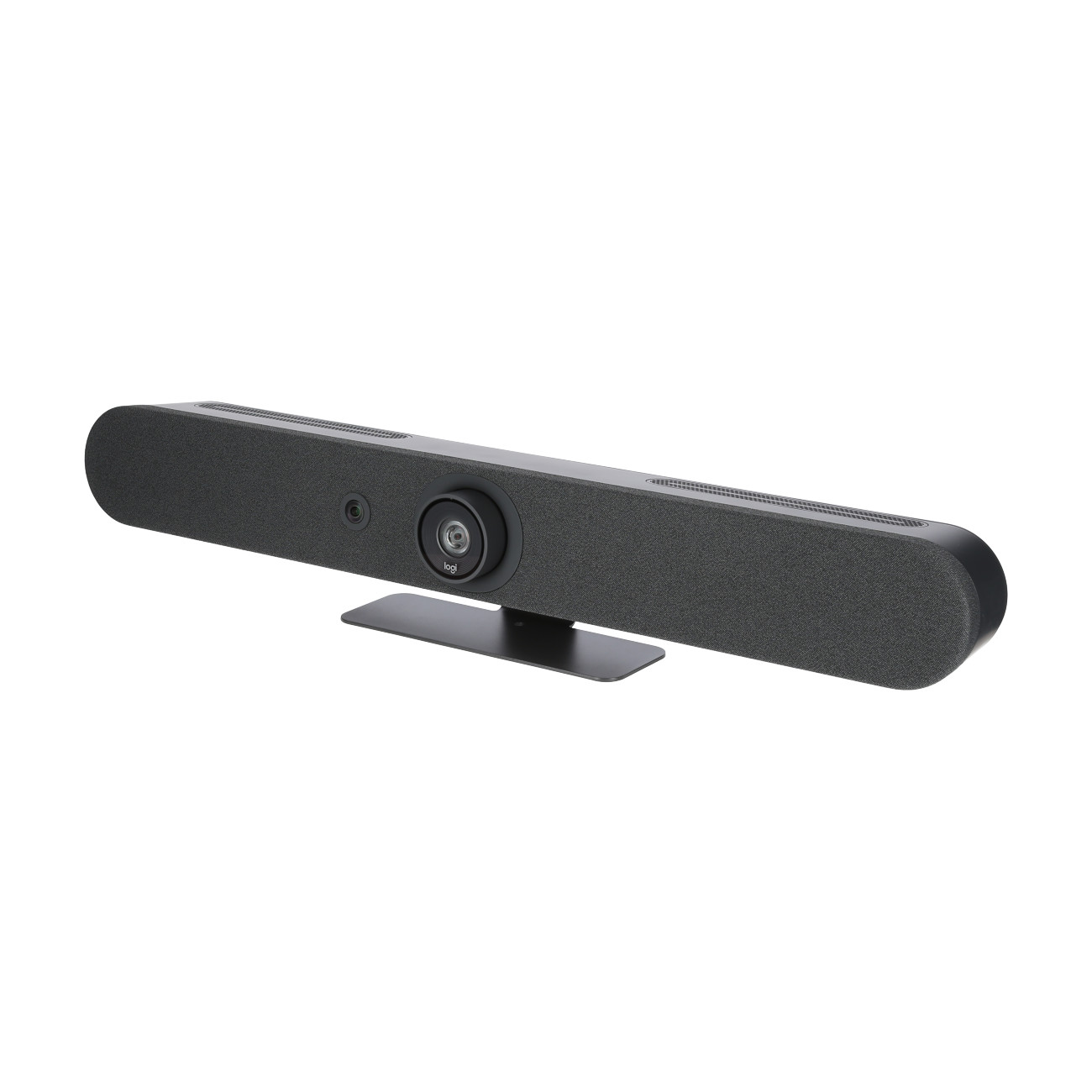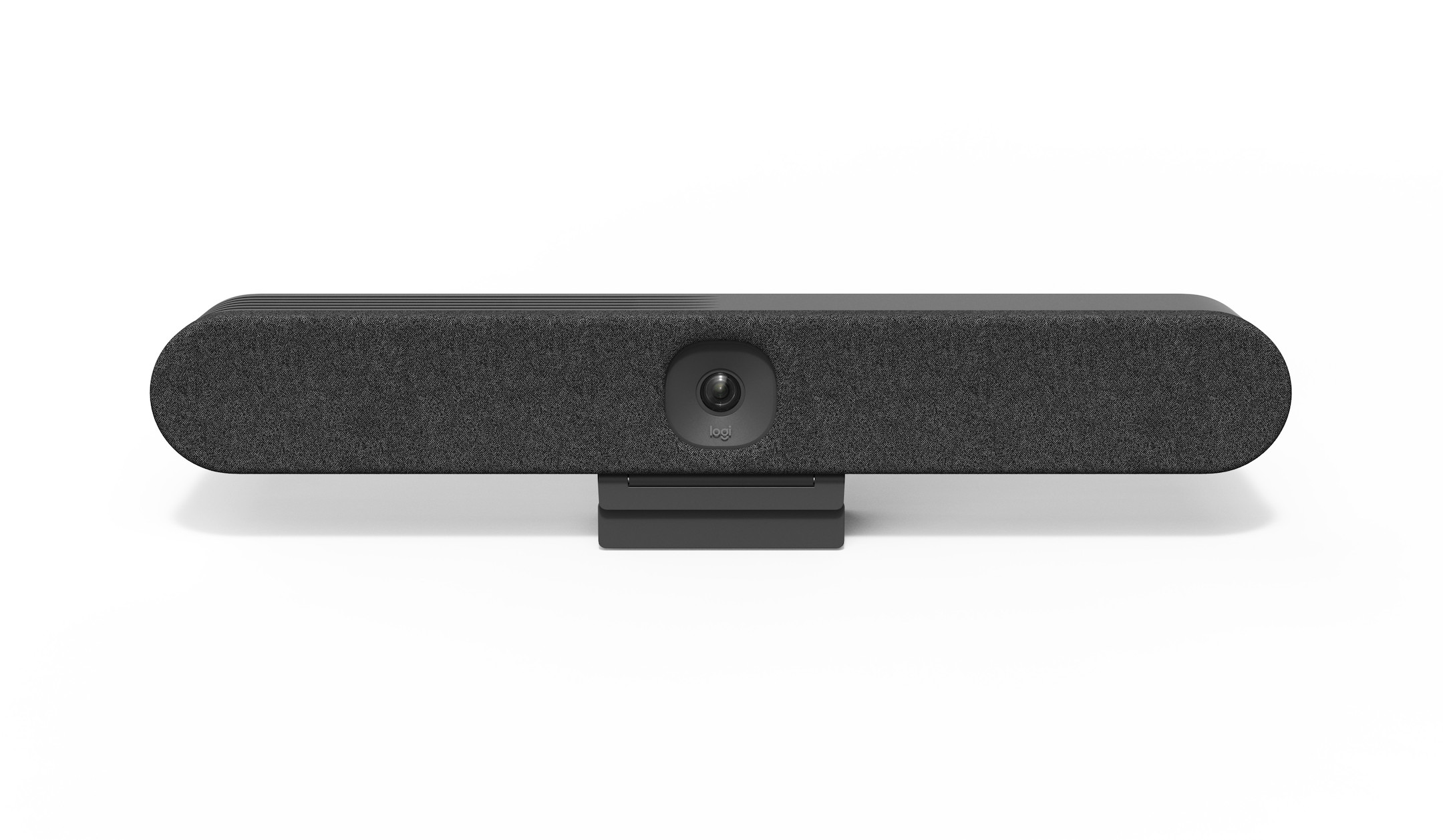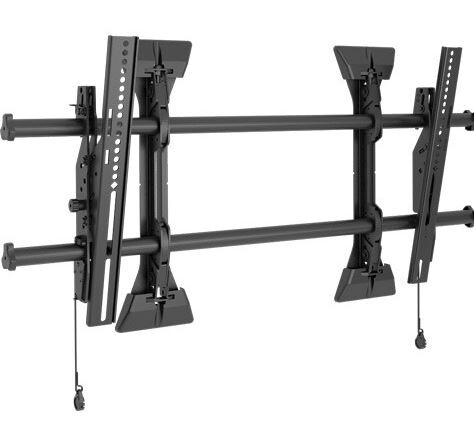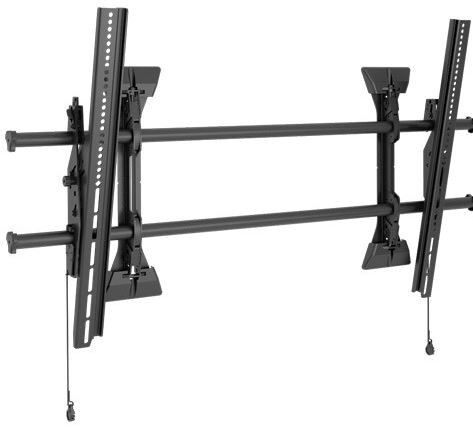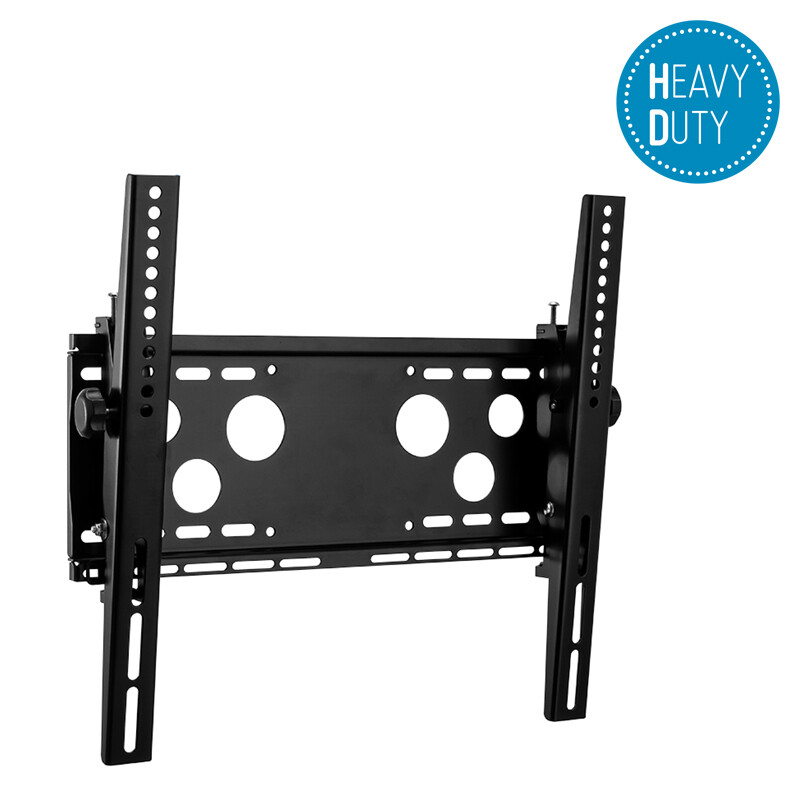



























£2,886.29*
- Resolution 1920 x 1080 Full HD
- Max. Brightness 700 cd/m²
- Panel type IPS
- Contrast Ratio 1,100 :1



Frequently purchased together
Product information
Seamless video walls with razor-thin bezels
- Razor-thin 0.44mm even bezel design delivers one immersive,seamless image.
- Wide viewing angles enable clear image presentation for moreviewers in large spaces
- 700 nit brightness and non-glare panel provide highvisibility 24/7.
- Picture enhancement technology delivers optimized visuals
Seamless video walls with razor-thin bezels
With an exceptionally narrow bezel measuring just 0.44 mmand equipped with Samsung’s advanced picture enhancement technology along withwide viewing angles, the VHR-R delivers an impactful and seamless experience.Its modern, slim design allows the display to blend into any businessenvironment.
Nearly invisible 0.44 mm bezel
An Exceptionally thin 0.44mm even bezel — a 0.88 mmbezel-to-bezel depth — enables content to be delivered as one seamless image.Additionally, the display helps to eliminate any potential image distortion andprovides a more immersive viewing experience.
View content from any angle
The display’s wide viewing angles mean content is easilyvisible even if viewers aren’t standing directly in front of the display.Audiences can get clear and accurate information regardless of video walllayout or location.
Image enhancement technology
Samsung’s powerful picture enhancement technology ensuresall content is vibrant and clear. With Picture Enhancer mode, color saturationand contrast are improved by adjusting the gamma curve. Using Black Equalizermode, dark images are lightened, so details are easier to see.
Modern, slim design
VHR-R displays feature an elevated design aesthetic with anultra-slim depth of less than 70 mm. This allows the display to save space andcreate a clean, modern look for retail or other public spaces.
Vibrant images 24/7
Experience brilliant image presentation with an impressive700 nit brightness allowing businesses to deliver clear information 24/7. Thedisplay’s non-glare panels provide better visibility regardless of ambientlight, ensuring critical information is always visible.
Convenient mobile calibration
Samsung’s Color Expert Pro Mobile solution provides a quickand easy video wall calibration through a mobile camera. With the solution’sintuitive UI, even non-expert users can adjust up to 5x5 video wall’s whitebalance simultaneously without the need for additional equipment.
Technical data
| Name | Samsung VH55R-R 55" Display |
|---|---|
| Article number | 1000010686 |
| GTIN/EAN | 8806090249525 |
| Manufacturer SKU | VH55R-R |
| EPREL ID | 360438 |
| Model name | VH55R-R |
| Brand | Samsung |
| Product Type | Non-Touch Display |
| Product Series | Samsung VH Series |
| Technology | LCD |
| Panel type | IPS |
| backlight | LED |
| Resolution | 1920 x 1080 Full HD |
| Diagonal | 55" |
| Aspect Ratio | 16:9 |
| Viewing angle - Horizontal | 178° |
| Viewing angle - Vertical | 178° |
| Contrast Ratio | 1,100 :1 |
| Max. Brightness | 700 cd/m² |
| run-time | 24/7 |
| Response time | 8ms |
| Haze Level | 28% |
| Support - VESA | 600 x 400 |
| Frame width | 0.44 mm |
| Inputs | 1x DVI-D , 1x Displayport , 1x HDMI |
| Product width | 121.1 cm |
| Product height | 68.17 cm |
| Product depth | 6.99 cm |
| Weight | 16.8 kg |
| Colour | Black |
| EEK Spectrum | A to G |
| Energy efficency class | G |
| Delivery contents | Batteries , DisplayPort Cable , Power cable , Quick user guide , Remote control , warranty card |
| Condition | New |
| Warranty | 36 Month |
| Warranty type | Onsite Repair Service and support information |
Downloads
Product safety
| Person responsible for the EU |
|---|
| Samsung Electronics GmbH |
| Am Kronberger Hang 6 |
| 65824 Schwalbach |
| Germany |
| sseg.comm@samsung.com |




